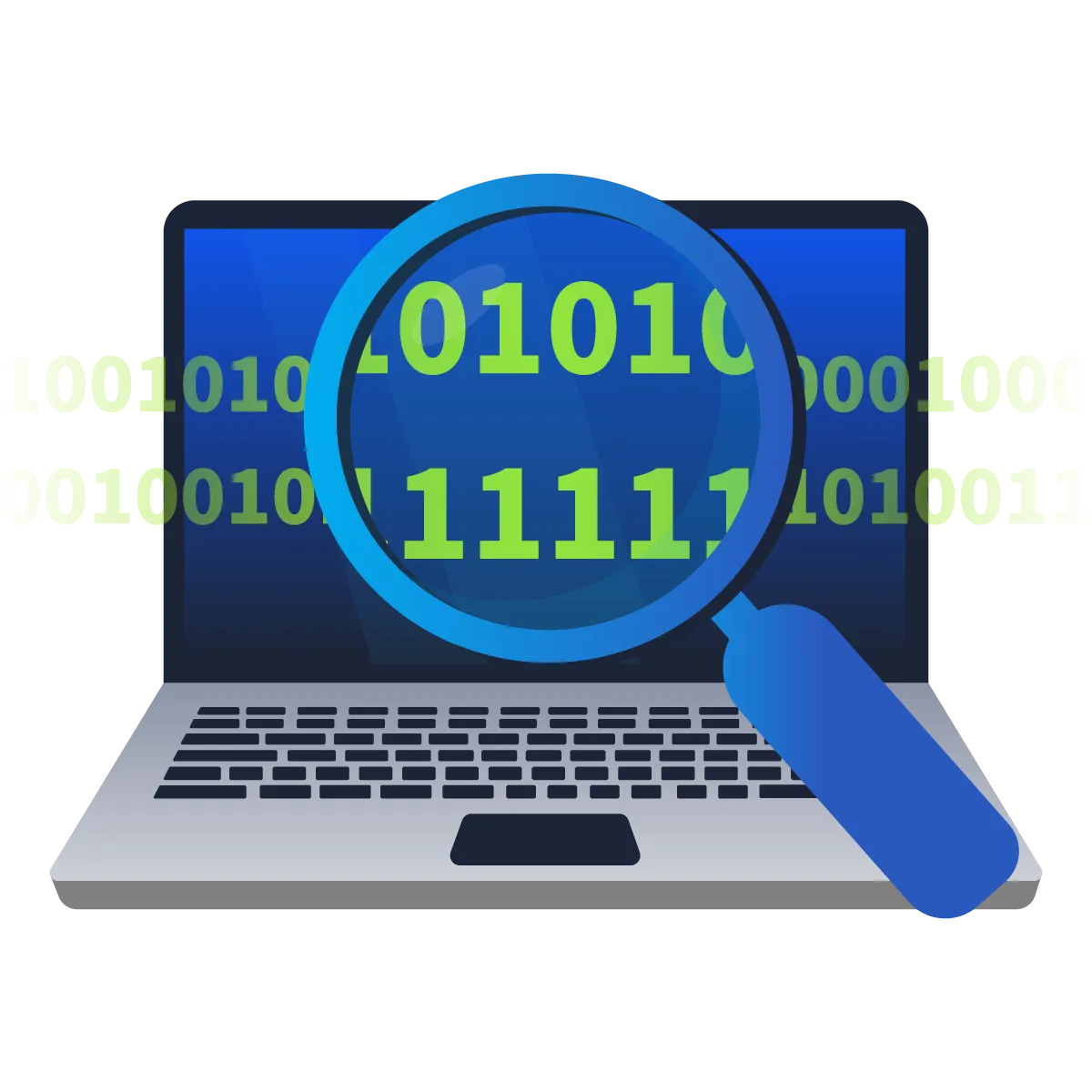

Here i want to share about my write-up for the room Digital Forensics Fundamentals ↗ (Premium Room), learn about digital forensics and related processes and experiment with a practical example. I wrote this in 2025 and hope it is useful for learning about cybersecurity.
Task 1: Introduction to Digital Forensics#
Forensics is the application of methods and procedures to investigate and solve crimes. The branch of forensics that investigates cyber crimes is known as digital forensics. Cyber crime is any criminal activity conducted on or using a digital device.
Digital forensics teams follow procedures for collecting, storing, analyzing, and reporting evidence.
Which team was handed the case by law enforcement?
digital forensics
Task 2: Digital Forensics Methodology#
NIST defines a process of digital forensics in four phases:
- Collection
- Examination
- Analysis
- Reporting
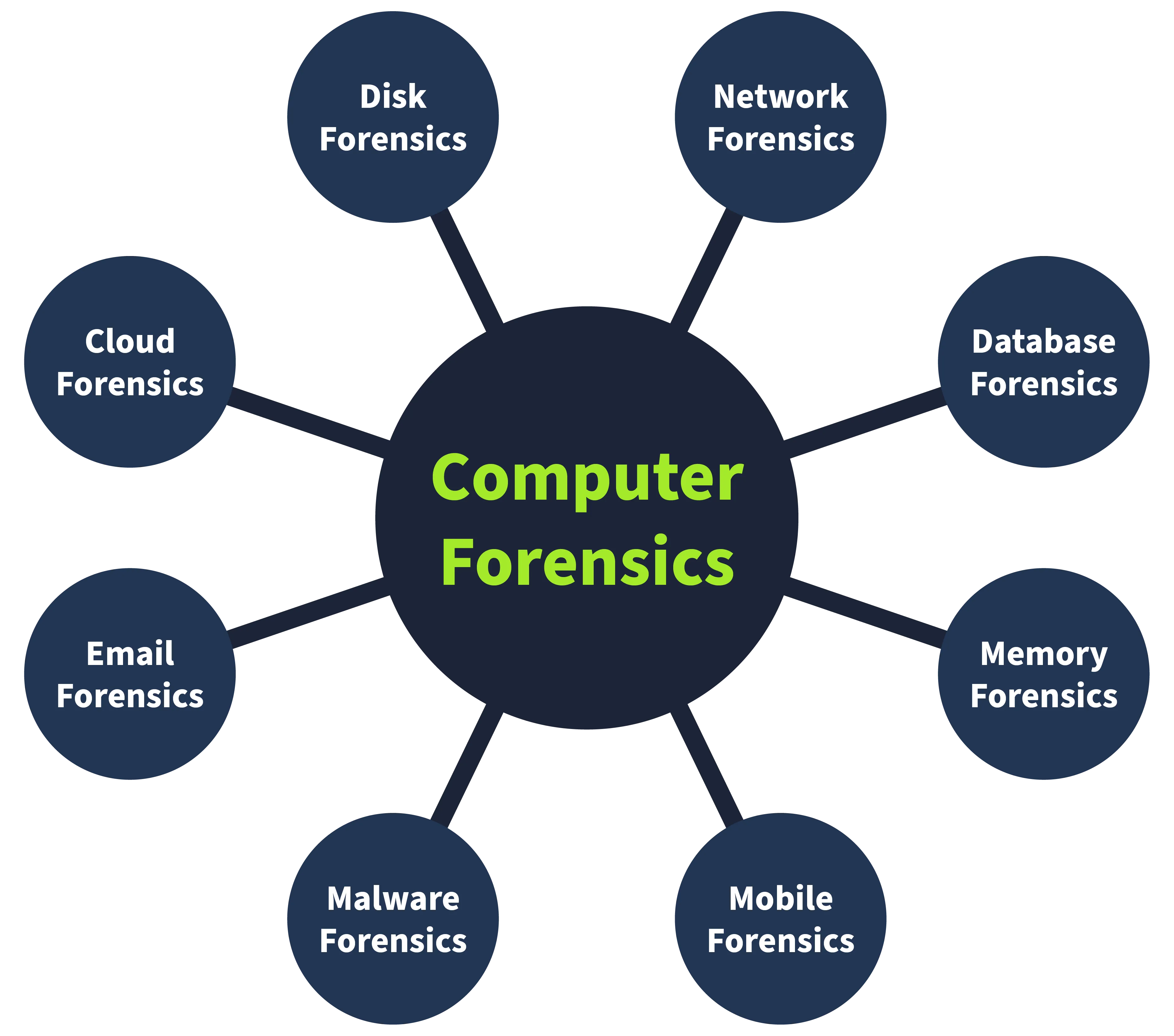
Which phase of digital forensics is concerned with correlating the collected data to draw any conclusions from it?
Analysis
Which phase of digital forensics is concerned with extracting the data of interest from the collected evidence?
Examination
Task 3: Evidence Acquisition#
Acquiring evidence is a critical job. Some general practices must be followed while the evidence is acquired.
- Proper Authorization
- Chain of Custody
- Use of Write Blockers
Which tool is used to ensure data integrity during the collection?
write blocker
What is the name of the document that has all the details of the collected digital evidence?
chain of custody
Task 4: Windows Forensics#
-
Disk Images:
- FTK Imager is a widely used tool for taking disk images.
- Autopsy is a popular open-source platform for conducting extensive analysis of an acquired disk image.
-
Memory Images:
- DumpIt offers the utility of taking a memory image from a Windows operating system
- Volatility is a powerful open-source tool for analyzing memory images.
Which type of forensic image is taken to collect the volatile data from the operating system?
Memory Image
Task 5: Practical Example of Digital Forensics#
Everything we do on our digital devices leaves traces.
In this scenario, a kidnapper has sent a document. We can learn from the file’s metadata.
PDF Metadata Analysis#
Much information gets kept within a file’s metadata when you use a more advanced editor, such as MS Word. We can try to read the metadata using the program pdfinfo, which displays various metadata related to a PDF file, such as the author, creator, and creation date.
Photo EXIF Data#
EXIF is a standard for saving metadata to image files. Because smartphones are equipped with a GPS sensor, finding GPS coordinates embedded in the image is highly probable. One command-line tool is exiftool, which is used to read and write metadata in various file types, such as JPEG images.
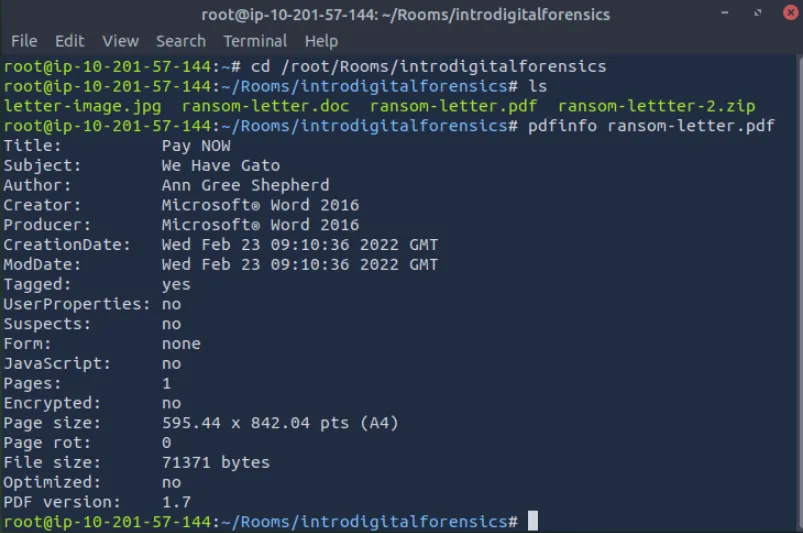
Using pdfinfo, find out the author of the attached PDF file, ransom-letter.pdf.
Ann Gree Shepherd
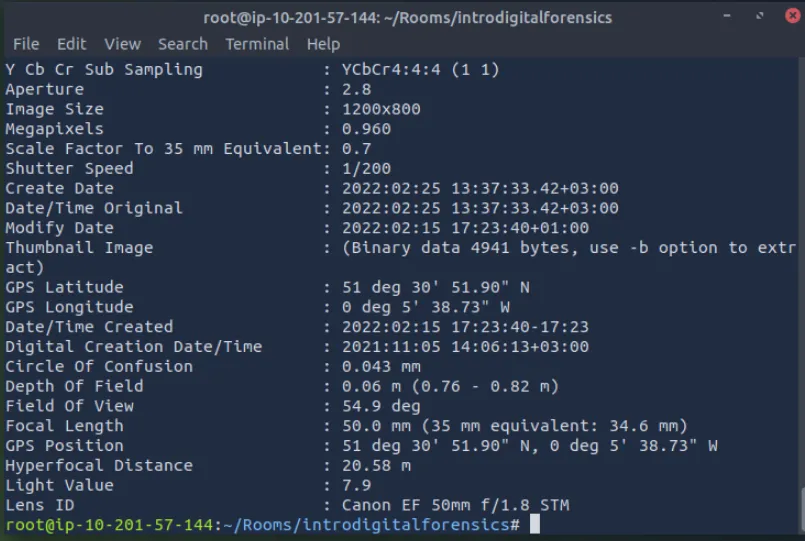
The GPS coordinates we get from exiftool should be written as 51°30’51.9”N 0°05’38.7”W and then we can search in google maps like this: https://www.google.com/maps/place/51%C2%B030’51.9%22N+0%C2%B005’38.7%22W ↗
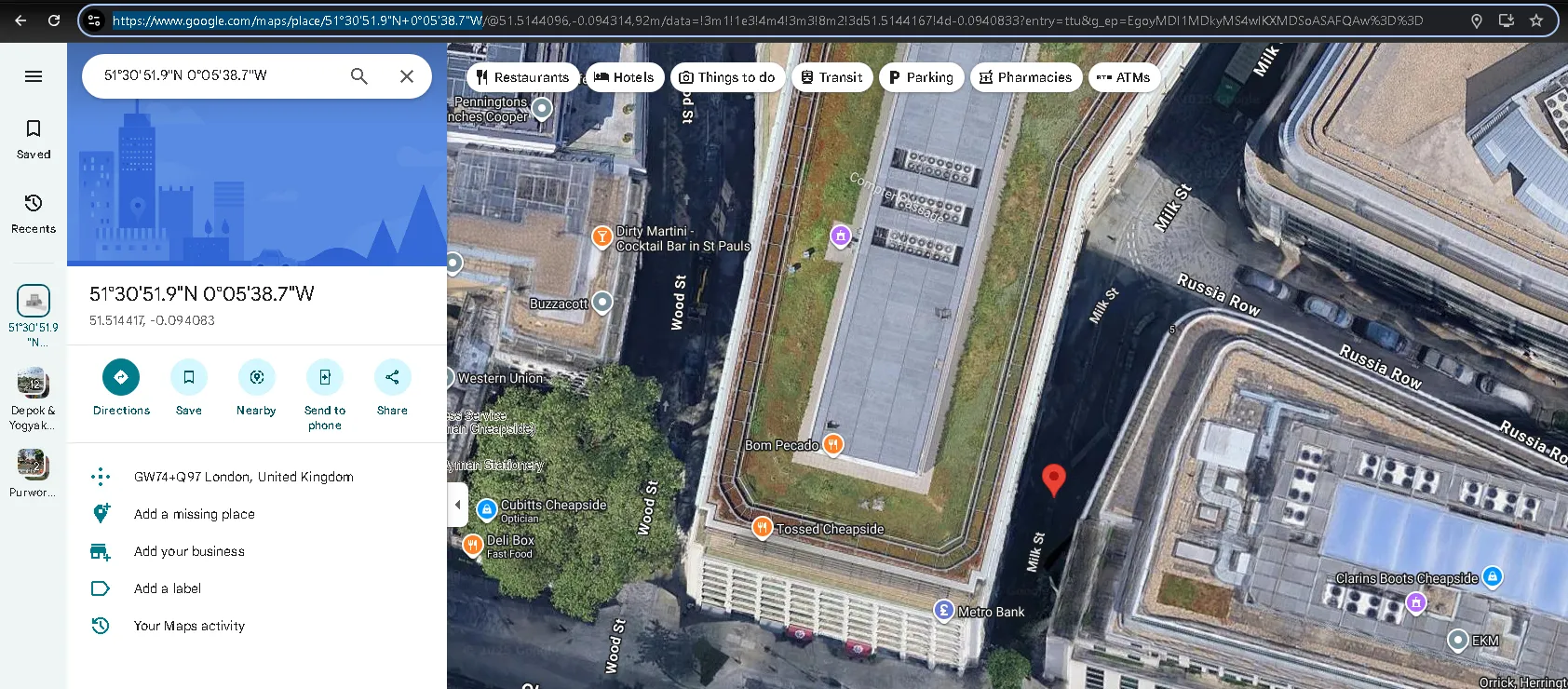
Using exiftool or any similar tool, try to find where the kidnappers took the image they attached to their document. What is the name of the street?
milk street
We can run this following command: exiftool PHOTO.jpg | grep Camera

What is the model name of the camera used to take this photo?
canon eos r6